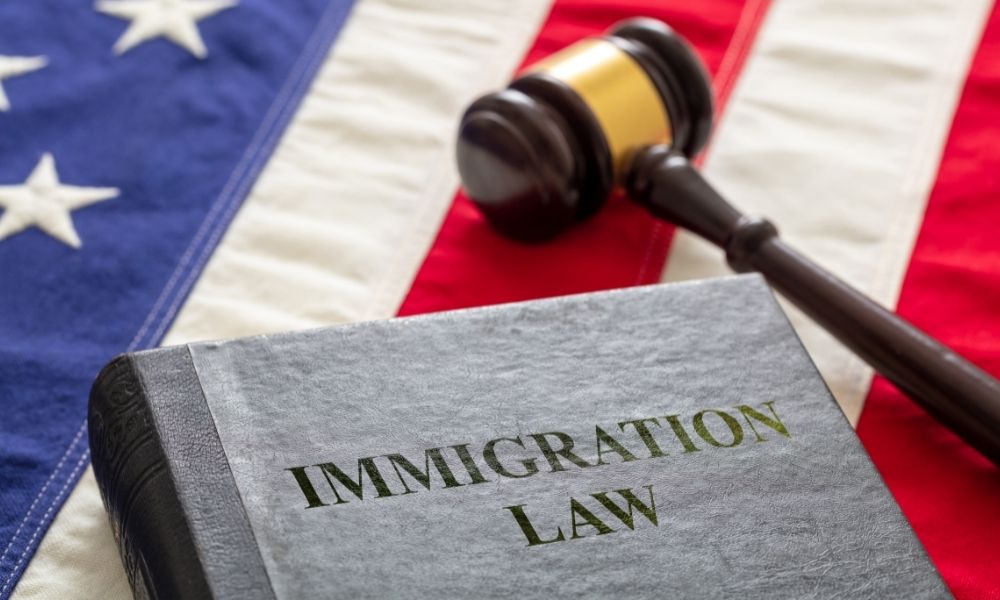If you’re considering sponsoring a family member for immigration to the United States, you’re taking a significant step towards reuniting with your loved ones. The immigration process can be complex, but with the right guidance and understanding, you can navigate it successfully. In this comprehensive guide, we will walk you through the steps and requirements to sponsor a family member for immigration, helping you bring your family closer together.
1. Determine Your Eligibility
To sponsor a family member for immigration, you must first establish your eligibility. Generally, U.S. citizens and lawful permanent residents (Green Card holders) can sponsor certain family members. Eligible relationships often include spouses, children, parents, and siblings. The exact eligibility criteria can vary, so it’s crucial to determine your specific circumstances and relationship status.
2. Understand the Two Main Categories
There are two primary categories for family-sponsored immigration: Immediate Relative and Family Preference. Immediate Relative visas are for close family members of U.S. citizens and have no numerical limitations. Family Preference visas are for more distant relatives and Green Card holders. These visas have yearly numerical limits and can result in longer waiting times.
3. File a Petition
To begin the sponsorship process, you’ll need to file a Petition for Alien Relative (Form I-130) with U.S. Citizenship and Immigration Services (USCIS). This form establishes the qualifying family relationship and serves as the first step in sponsoring your family member. Ensure you complete it accurately and provide all required supporting documentation.
4. Wait for USCIS Processing
After submitting the Form I-130, USCIS will review your petition. The processing time can vary, and USCIS will notify you of their decision. Be patient during this phase, as processing times can vary based on several factors.
5. Consular Processing or Adjustment of Status
The next steps depend on the location of your family member and their immigration status. If they are abroad, they will go through consular processing at a U.S. embassy or consulate in their home country. If they are already in the United States and eligible for adjustment of status, they can apply for a Green Card without leaving the country.
6. Attend Medical Examination and Visa Interview
For those going through consular processing, your family member will need to attend a medical examination and a visa interview at the U.S. embassy or consulate. They will need to provide necessary documents and undergo medical screening to ensure they meet health and security requirements.
7. Wait for Visa Approval
Following a successful visa interview, your family member will wait for visa approval. Once the visa is approved, they can enter the United States as a lawful permanent resident.
8. For Family Members Already in the U.S.
If your family member is already in the United States and eligible for adjustment of status, they can apply for a Green Card by submitting Form I-485, Application to Register Permanent Residence or Adjust Status. USCIS will review the application and schedule an interview if necessary.
9. Keep Track of Visa Bulletin
For Family Preference category applicants, it’s crucial to keep an eye on the Visa Bulletin published by the U.S. Department of State. This bulletin provides information on visa availability, which can affect the waiting time for your family member’s immigration.
How long does the family sponsorship process usually take?
The timeline varies depending on factors such as the family relationship, category, and the beneficiary’s home country. Immediate relatives of U.S. citizens typically have shorter processing times, while Family Preference categories may face longer wait times due to numerical limitations.
Can I sponsor a same-sex spouse or partner for immigration? Yes, same-sex spouses and partners of U.S. citizens and Green Card holders have the same immigration rights as opposite-sex couples. The process is the same, and they can apply for family-sponsored immigration.
What documents do I need to include with the Form I-130 petition? When filing the Form I-130, you should include proof of your U.S. citizenship or Green Card status, documentation establishing the qualifying family relationship, and any required supporting evidence.
Can I appeal if my family member’s immigration application is denied? If your family member’s application is denied, there may be options for appeal or re-filing. Consult with an immigration attorney to explore the best course of action based on the specific reasons for the denial.
Conclusion
Sponsoring a family member for immigration can be a rewarding but complex process. It’s essential to understand your eligibility, choose the appropriate category, and follow the required steps diligently. Keeping track of processing times and staying informed about the latest updates in immigration laws can help you successfully reunite with your loved ones in the United States. Remember, consulting with an immigration attorney can provide invaluable guidance throughout the process, ensuring a smoother journey toward family reunification.







